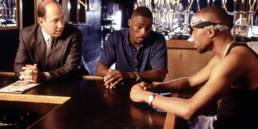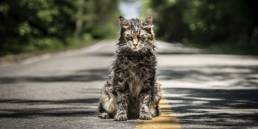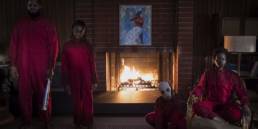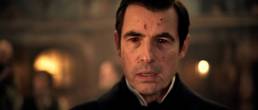
Ever since we could walk upright and huddled around the fire for warmth and safety, mankind has imagined all sorts of stories. Most of them revolved around the things we could not fully understand—the stars, the moon and the sun moving across the sky, the violent storms and any natural phenomena that forced us to adapt, to build stronger homes or move to friendlier lands altogether. But the most enduring tales of ours revolved around monsters and other things that go bump in the night.
In many ways, these monsters are just reflections of ourselves, of a darker side of mankind, to be specific. They draw their origins from their makers, and they tend to outlive us all in varied forms of fiction and in different mediums. Of all the creatures that our minds have conjured—werewolves, ogres, snake gods, zombies, ghouls, changelings, dragons and so on, none have been more enduring and more versatile than the vampire.
Gifted with eternal life but forced to live in the shadows of the night and to only drink human blood, the vampire is one of our most recurring fictional motifs. It has been imagined and reimagined, invented and reinvented across different cultures and decades, and it’s not showing any signs of redundancy. We cannot get enough of these beautiful monsters—because they are most appealing in almost every piece of lore out there. They’re known to be seductive and charming, carrying the wisdom of centuries. They’re hedonists, and they are violent. They’ve traded their humanity for immortality, and they’re a treasure trove of stories.
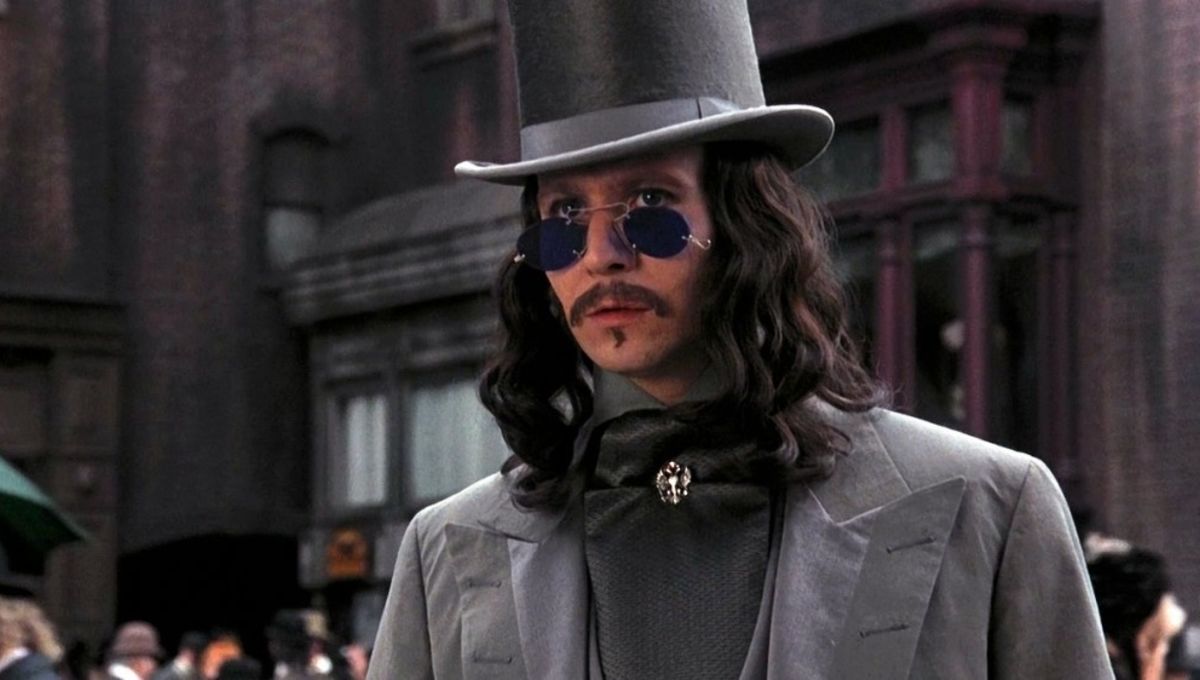 GARY OLDMAN IN ‘DRACULA’ (1992), ©COLUMBIA PICTURES
GARY OLDMAN IN ‘DRACULA’ (1992), ©COLUMBIA PICTURES
From the Eastern European folktales, vampires were known as undead creatures that tormented their loved ones, gruesome and portly monsters that brought death and misery wherever they went. It wasn’t until John Polidori’s ‘The Vampyre’, published in 1819, that the monster was revamped into the charismatic and sophisticated figure of modern fiction. Bram Stoker got inspired from the folk tales of Transylvania about Vlad the Impaler and gave humanity ‘Dracula’ in 1897, a masterpiece of gothic fantasy. Many writers and filmmakers have tried their luck at vampire stories over the years since—some flopped and were never heard from again, while others became cult cinema or bestselling novels.
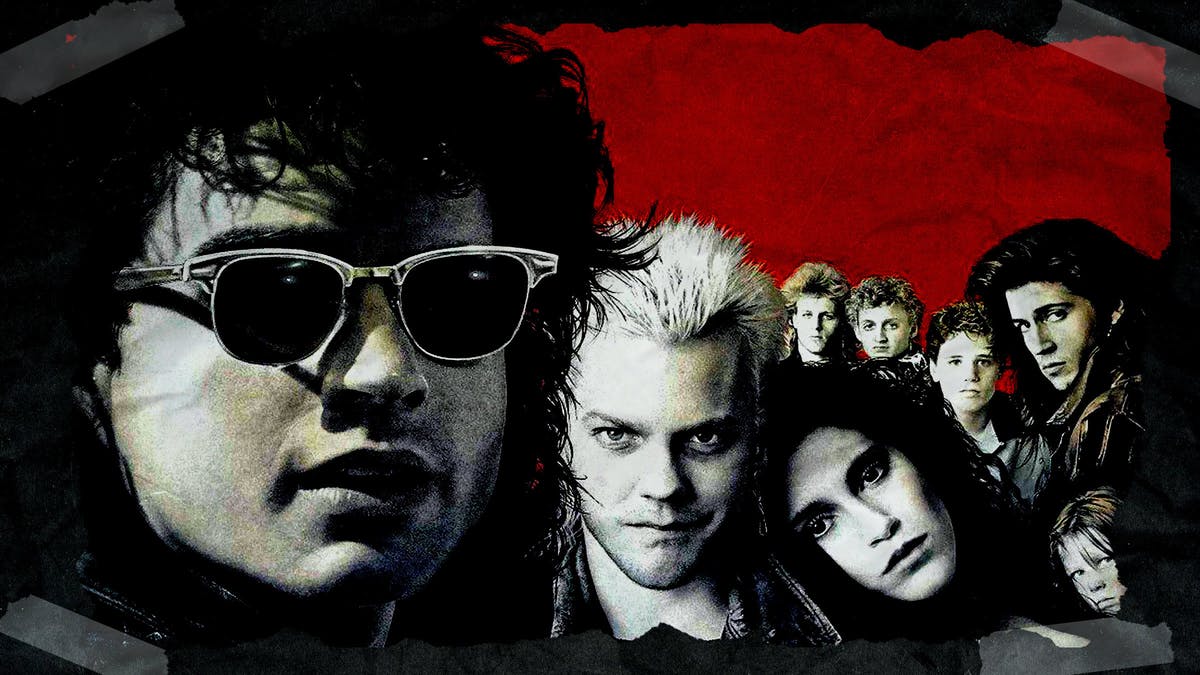 ‘THE LOST BOYS'(1987), ©WARNER BROS.
‘THE LOST BOYS'(1987), ©WARNER BROS.
Each time, however, the vampires won because they got to keep living in our collective imagination. Who could forget Joel Schumacher’s ‘The Lost Boys’ (1987), for example? Starring Jason Patric, Corey Haim and Kiefer Sutherland, this cult darling follows the story of two brothers moving into a new town and discovering that the place is overrun with vampires—the gritty, evil and violent type. How about Neil Jordan’s ‘Interview with the Vampire’ (1994), featuring dazzling performances by Brad Pitt, Tom Cruise, Antonio Banderas and a very young Kirsten Dunst? The screenplay was penned by Anne Rice, author of the same title bestselling novel in ‘The Vampire Chronicles’ series and it offered us a more romantic approach to the legendary creature.
In the 21st century, the vampire was once again reimagined with the ‘Twilight’ saga and ‘The Vampire Diaries’ (2009-2017) TV series, both garnering new generations of fans worldwide. They offered us vampires that could walk in the sunlight and young-adult-oriented romance, putting a new twist on the old monster. There is just something about them that we cannot seem to get enough of across generations.
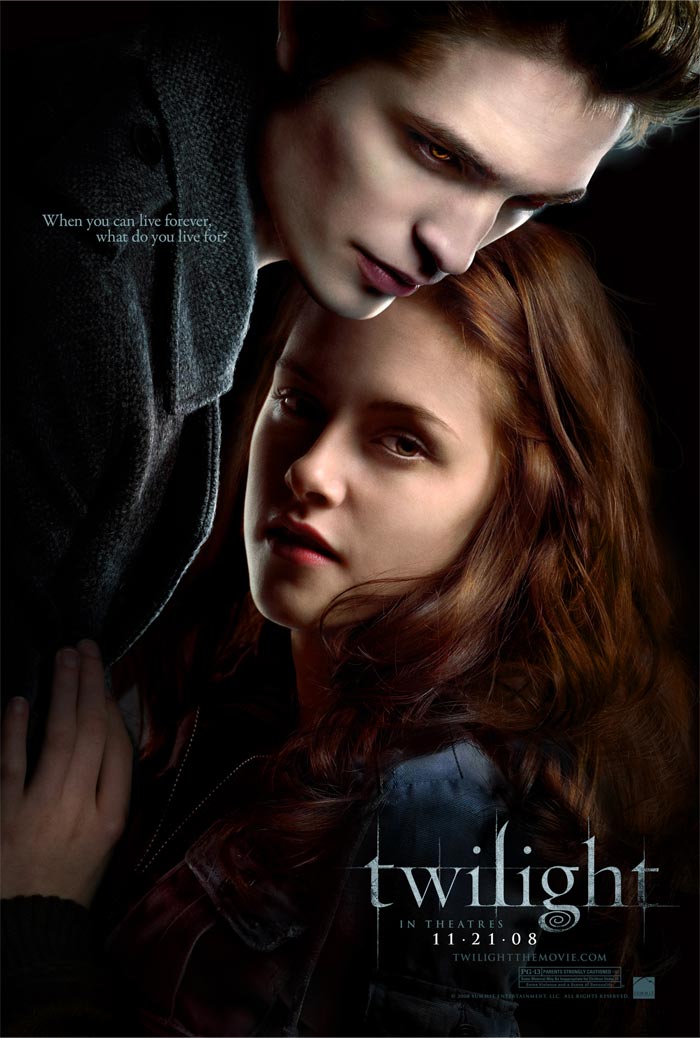 ‘TWILIGHT’ (2008), ©SUMMIT ENTERTAINMENT
‘TWILIGHT’ (2008), ©SUMMIT ENTERTAINMENT
As the year 2020 goes full steam ahead, we’re going back to the vampire’s original, grimmer roots. Anne Rice, creator of some of the most beloved undead literary characters, has recently announced that there is an ongoing effort to turn ‘The Vampire Chronicles’ into a TV series. This means we’ll get some fresh versions of Lestat, Marius, Armand and all the other blood-drinking debonair fiends that have become staples of modern fantasy. What makes her published works stand apart from everything else is the unique way in which she combines the lust, the hunger, the violence and the seduction of eternal life, creating larger-than-life characters that stay with us forever, long after we’re done reading the books.
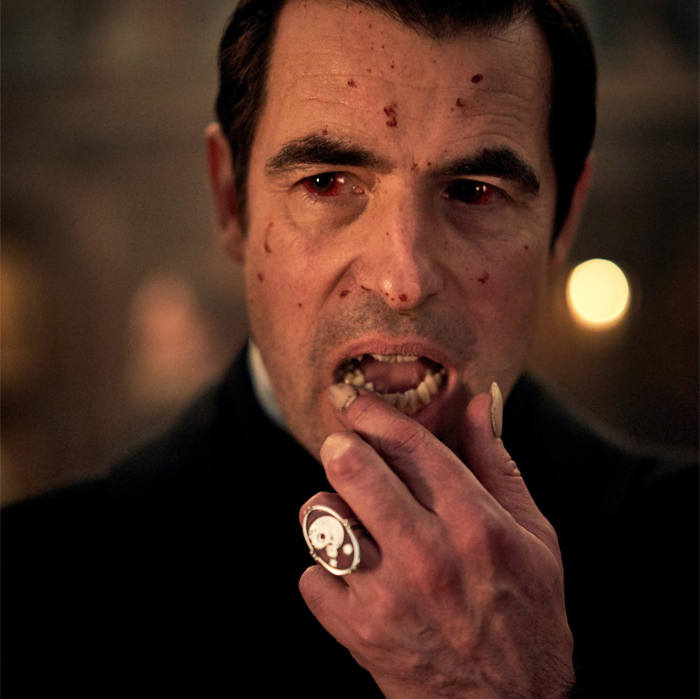 CLAES BANG IN ‘DRACULA’ (2020), ©NETFLIX/BBC ONE
CLAES BANG IN ‘DRACULA’ (2020), ©NETFLIX/BBC ONE
And while we’re all gearing up to find out how that particular project will come out, the new year has already given us a bloody delicious surprise, as Netflix dropped a remixed version of the most famous vampire of them all. ‘Dracula’ (2020) is a BBC One TV mini-series created by Mark Gatiss and Steven Moffat. The duo have made quite the name for themselves with ‘Sherlock’ (2010-2017) and their take on Dracula is simply fantastic. It would be hard to believe that something new might come out of something so old and with so many existing silver screen adaptations, but Mr Gatiss and Mr Moffat have certainly delivered.
Starring Claes Bang and Dolly Wells, the series takes us from 1897 Transylvania to Victorian London, as the bloodthirsty Count makes his way into a new world. Since Dracula’s arrival to England would mean only death and violence, it’s up to Sister Agatha Van Helsing and a few other good men to stop him. Needless to say, the formula that Mark Gatiss and Steven Moffat have come up with for ‘Dracula’ works on different levels.
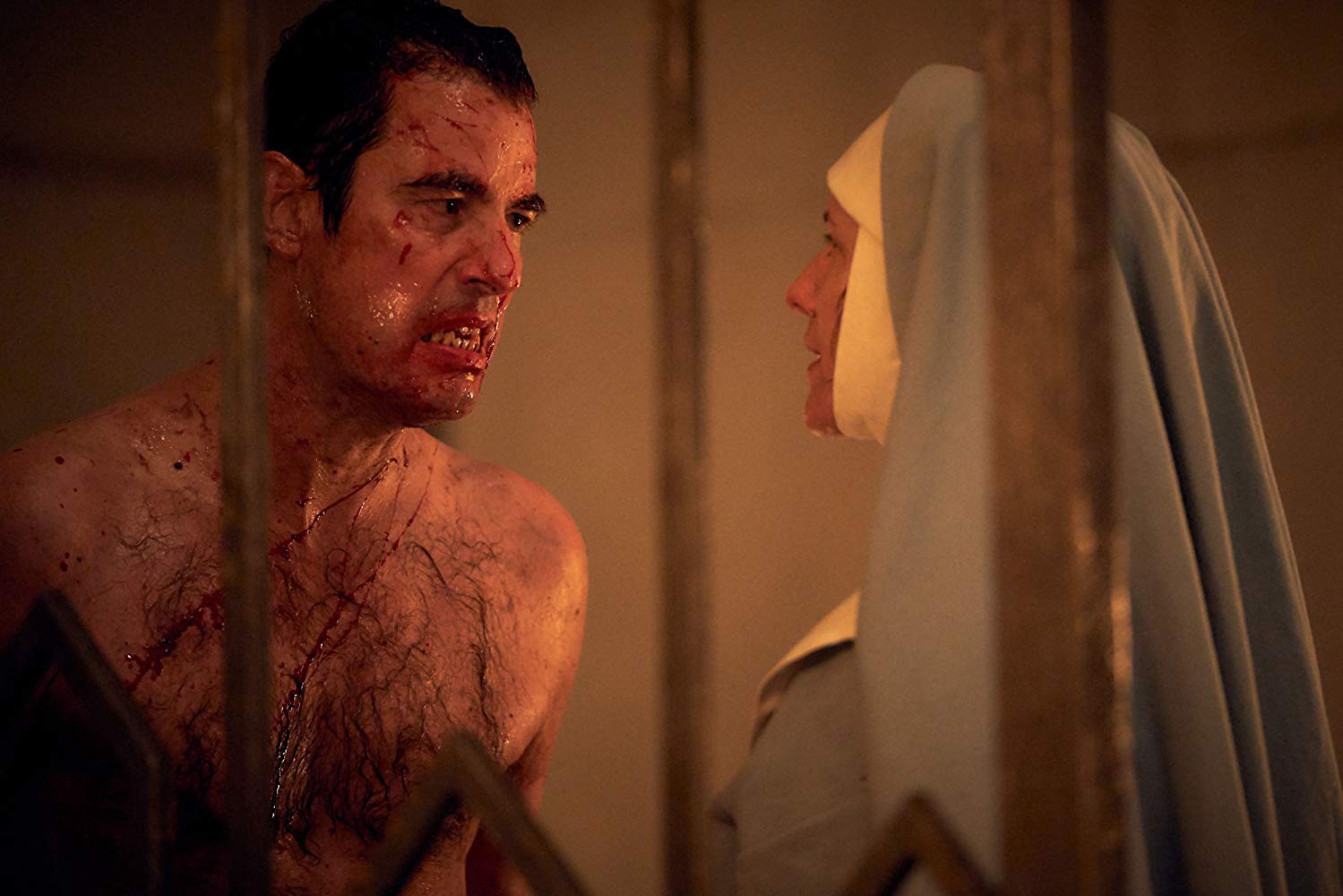 CLAES BANG AND DOLLY WELLS IN ‘DRACULA’ (2020), ©NETFLIX/BBC ONE
CLAES BANG AND DOLLY WELLS IN ‘DRACULA’ (2020), ©NETFLIX/BBC ONE
First, the writing is exceptional, which is to be expected from the team that gave us ‘Sherlock’. There is tension and mystery. Stoker’s original story is brought back to life with different elements but without disregarding the darkly absurd core, skilfully spiced with clever and sharp dialogue, heaps of humour and drama, along with plenty of blood and gasp-inducing twists. It is dark and it is funny. It is probably everything Stoker would’ve wanted to see, if he were alive today.
Second, the performances are beyond stellar. Claes Bang, known best for ‘The Girl in the Spider’s Web’ (2018) and ‘Bron/Broen’ (2013), is one of the best versions of Dracula ever made. His smouldering gaze and ruthless wit make him infinitely more appealing than Gary Oldman’s portrayal in ‘Bram Stoker’s Dracula’ (1992) by Francis Ford Coppola, and that is not an easy thing to say… But this newer Dracula is the baddie we can’t help but fall in love with, even if all he brings is gruesome death and eternal misery to his victims.
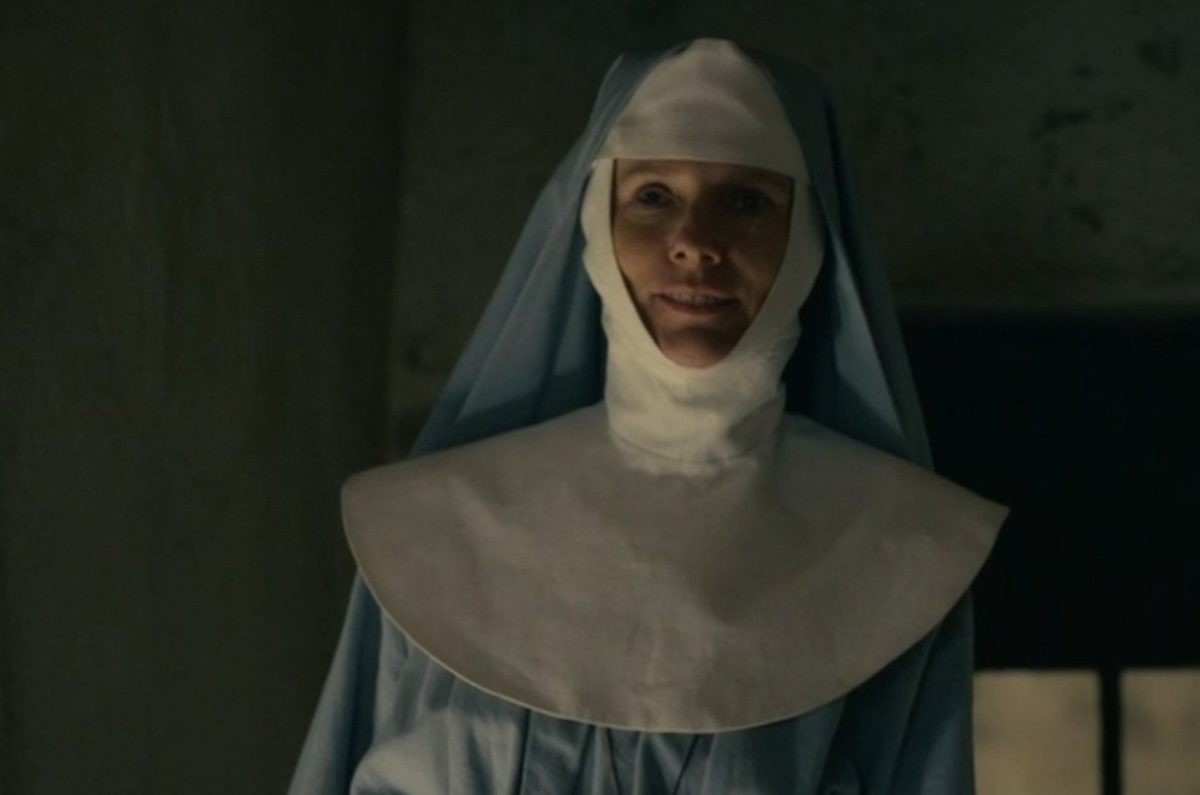 DOLLY WELLS IN ‘DRACULA’ (2020), ©NETFLIX/BBC ONE
DOLLY WELLS IN ‘DRACULA’ (2020), ©NETFLIX/BBC ONE
Perhaps the show’s best character and certainly one the greatest to grace the screen in the 21st century is Sister Agatha van Helsing. Her dry wit and fearless heroism make her a downright legendary badass. She is bold and determined, even when her life is no more. One can see why some viewers were less thrilled about the third episode in the series, which no longer features Sister Agatha but one of her distant descendants—unlike a vampire, all good things must come to an end, but Ms Wells delivers as Zoe Helsing, too. Even so, it’s hard to say goodbye to someone as brilliant as Agatha van Helsing, especially considering her incredible onscreen chemistry with Dracula.
Mina, played by Morfydd Clark, plays a lesser role in this story and John Hefferman’s Jonathan Harker is Dracula’s unfortunate victim. Lucy is given a fresh but enticing reality, thanks to Lydia West’s refined and rambunctious performance.
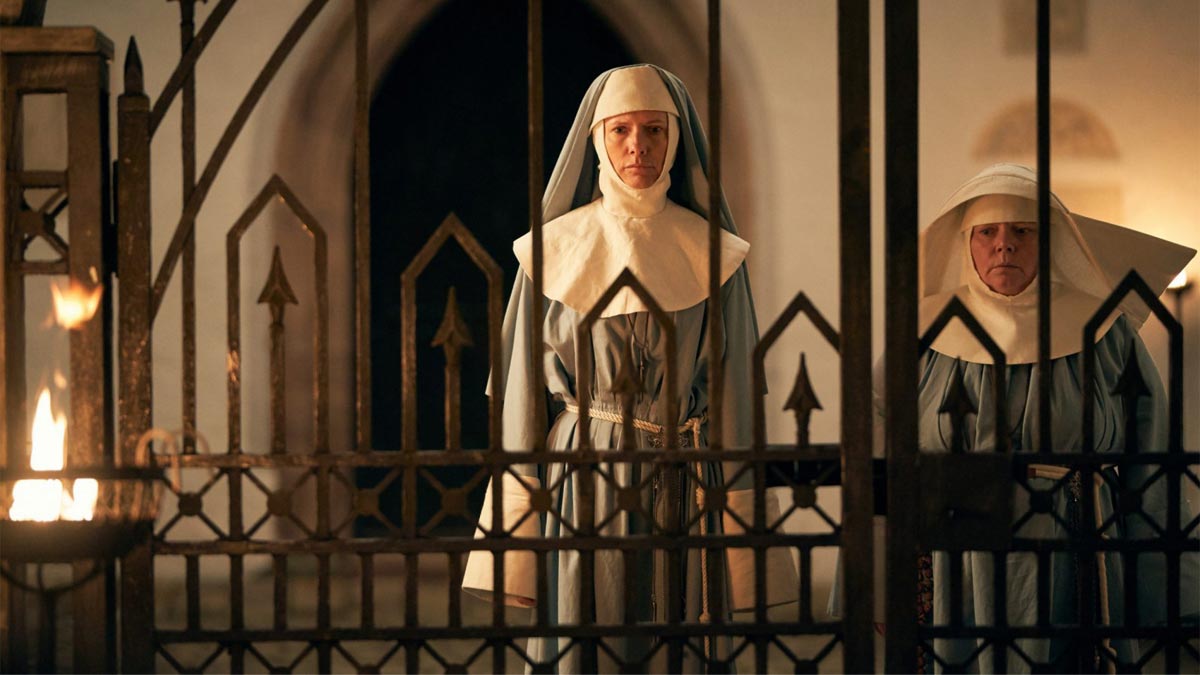 DOLLY WELLS IN ‘DRACULA’ (2020), ©NETFLIX/BBC ONE
DOLLY WELLS IN ‘DRACULA’ (2020), ©NETFLIX/BBC ONE
Another winning aspect of ‘Dracula’ is its cinematography, where Julian Court of ‘Killing Eve’ (2018-2019) and Tony Slater Ling of ‘Electric Dreams’ (2017) manage to create a truly immersive experience for the viewer. Their effort is amplified by the series’ production design, signed by Arwel Jones, better known for his work on ‘Sherlock’ and ‘Doctor Who’ (2005-2019). The gloom of Dracula’s castle with its labyrinthine corridors where Jonathan Harker gets desperately lost, the passenger ship with its mysteries and dim lights, the apartment where Dracula takes residence while in London with its violet lighting and floor to ceiling window—it all serves as the perfect stage for a new and truly extraordinary rendition of Bram Stoker’s canonical work.
This ‘Dracula’ is all the more intriguing through its split timeline—demanding of the viewers, but offers bountiful rewards at the end of the journey. And while not everyone found the series’ finale palatable, it was a demise most fitting for the story’s fearsome and lonesome fanged villain. More than once along the way, there will be an ‘Oh!’ or an ‘Aha!’ heard from the viewer as the story unfolds across different times. Multiple timelines are never an easy feat, but Mr Gatiss and Mr Moffat eloquently rise to the challenge, without creating confusion but simply enriching the overall mystery vibe that the series conveys.
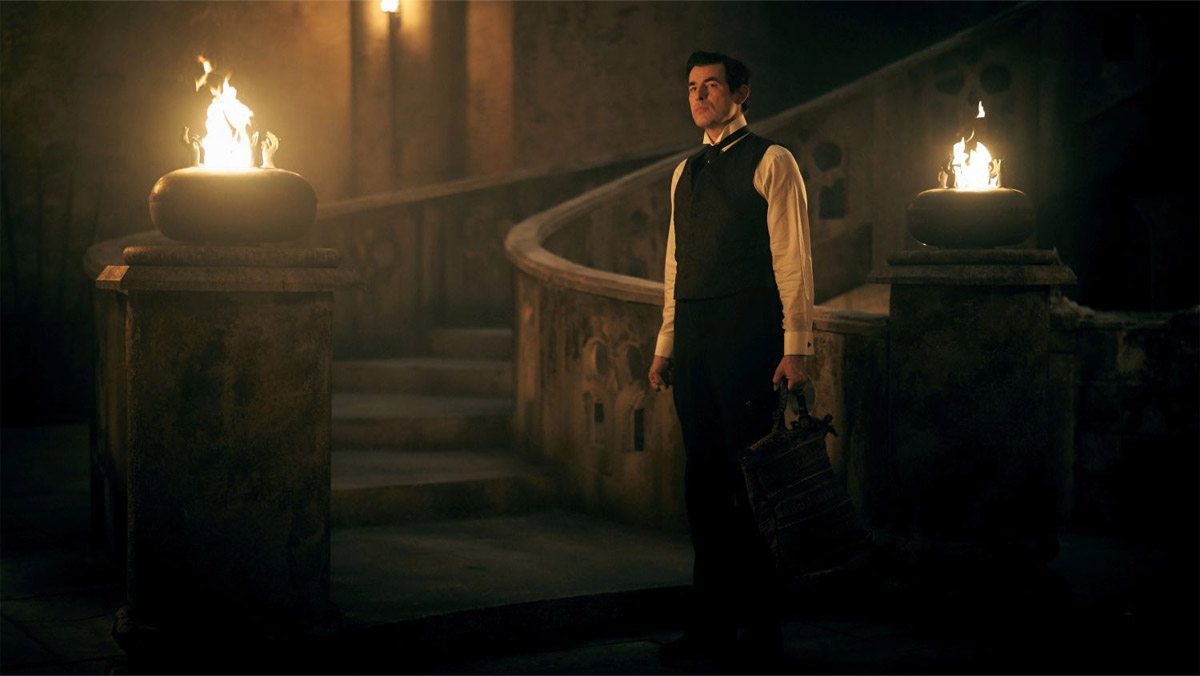 CLAES BANG AND DOLLY WELLS IN ‘DRACULA’ (2020), ©NETFLIX/BBC ONE
CLAES BANG AND DOLLY WELLS IN ‘DRACULA’ (2020), ©NETFLIX/BBC ONE
This new take is a much-needed breath of fresh air, making vampires cool again—realistic and gothic, seductive and ultimately dangerous. We all remember Bella Lugosi as Dracula back in 1931. We remember Christopher Lee back in 1958 and Frank Langella in 1979. Gary Oldman’s Count is a precious piece of cinematic history, now. Jonathan Rhys Meyers and Luke Evans have also played him in the ‘Dracula’ (2013-2014) TV series and in ‘Dracula Untold’ (2014). There were many others in-between, including a parody starring Leslie Nielsen. This character has been recycled so many times, it was hard to believe there was anything left to draw from Bram Stoker’s classic novel. However, Mark Gatiss and Steven Moffat prove that there is.
Consider 2020’s ‘Dracula’ as an homage to all the other Draculas before it. Consider Claes Bang’s Count as an ode to all the other Counts before him. And despite all that, consider it something new and fresh and perfectly capable of standing on its own two feet—proof that the real vampire of Stoker and Rice yarn is the best and most enduring in the genre. It is a reminder that our constant flirting with the idea of immortality on paper and on the screen is, in itself, eternal.
Jules R. Simion
Jules is a writer, screenwriter, and lover of all things cinematic. She has spent most of her adult life crafting stories and watching films, both feature-length and shorts. Jules enjoys peeling away at the layers of each production, from screenplay to post-production, in order to reveal what truly makes the story work.
From Real to Reel: Merging People into a Single Character
More often than not, true stories can be infinitely more compelling than anything made up from our…
‘Pet Sematary’ Makes One Too Many Promises
The trouble with Stephen King’s literary works is that, although they’re superb and masterfully…
With ‘Us’, Jordan Peele Delivers
Following his extraordinary debut, ‘Get Out’ (2017), which earned him an Academy Award for Best…
Don't miss out
Cinematic stories delivered straight to your inbox.
Ridiculously Effective PR & Marketing
Wolkh is a full-service creative agency specialising in PR, Marketing and Branding for Film, TV, Interactive Entertainment and Performing Arts.
